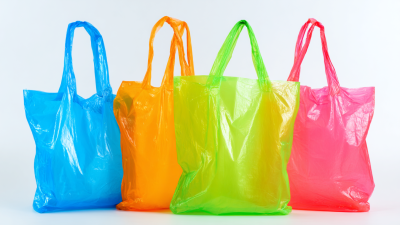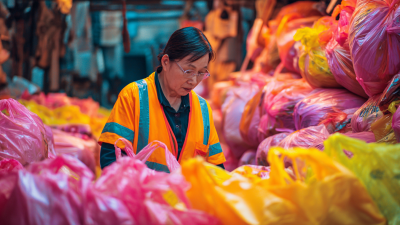- Phone:+86 15218629499
- Phone: +86 15766990063
- E-mail: Yzprinting01@163.com
Choosing the right plastic bag for your business needs is a crucial decision that can significantly impact your operations and customer satisfaction. With the myriad of options available in the market, it is essential to understand the various types of plastic bags and their specific uses to make an informed choice. Whether you're in retail, food service, or any other industry requiring packaging solutions, selecting the appropriate plastic bag can enhance your brand image and improve functionality. Factors such as size, material thickness, environmental considerations, and intended use play pivotal roles in determining the most suitable plastic bags for your requirements. This guide aims to provide you with valuable insights and practical tips on how to choose the right plastic bag that aligns with your business goals while effectively catering to your customers' needs.
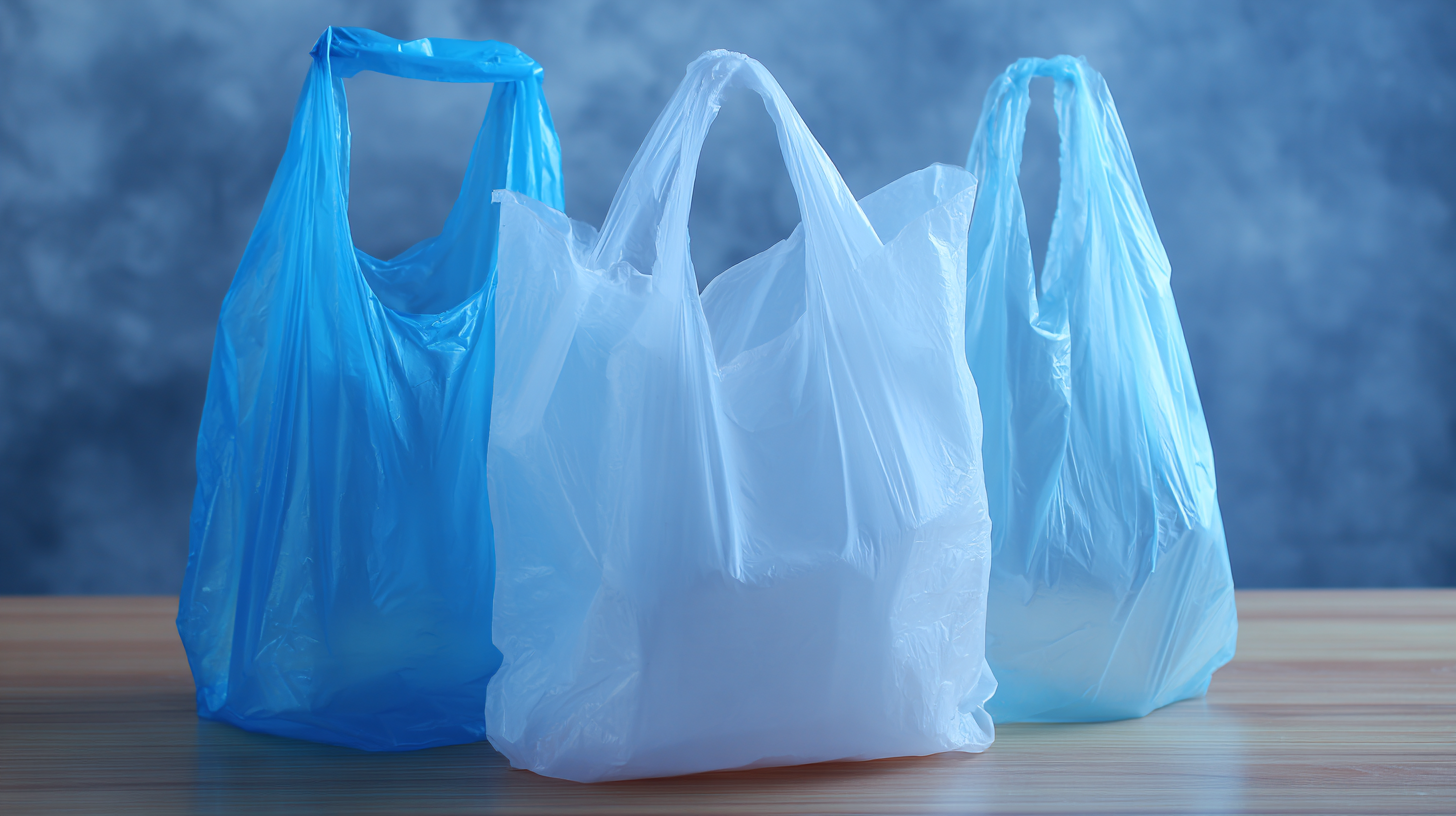
When selecting plastic bags for your business, it is essential to understand the various types available and their specific uses.
High-density polyethylene (HDPE) bags are a popular choice for many retailers due to their durability and resistance to punctures.
They are lightweight, cost-effective, and ideal for carrying lightweight items. Conversely, low-density polyethylene (LDPE) bags offer greater flexibility and are often used for heavier products, such as groceries, because they can expand without breaking.
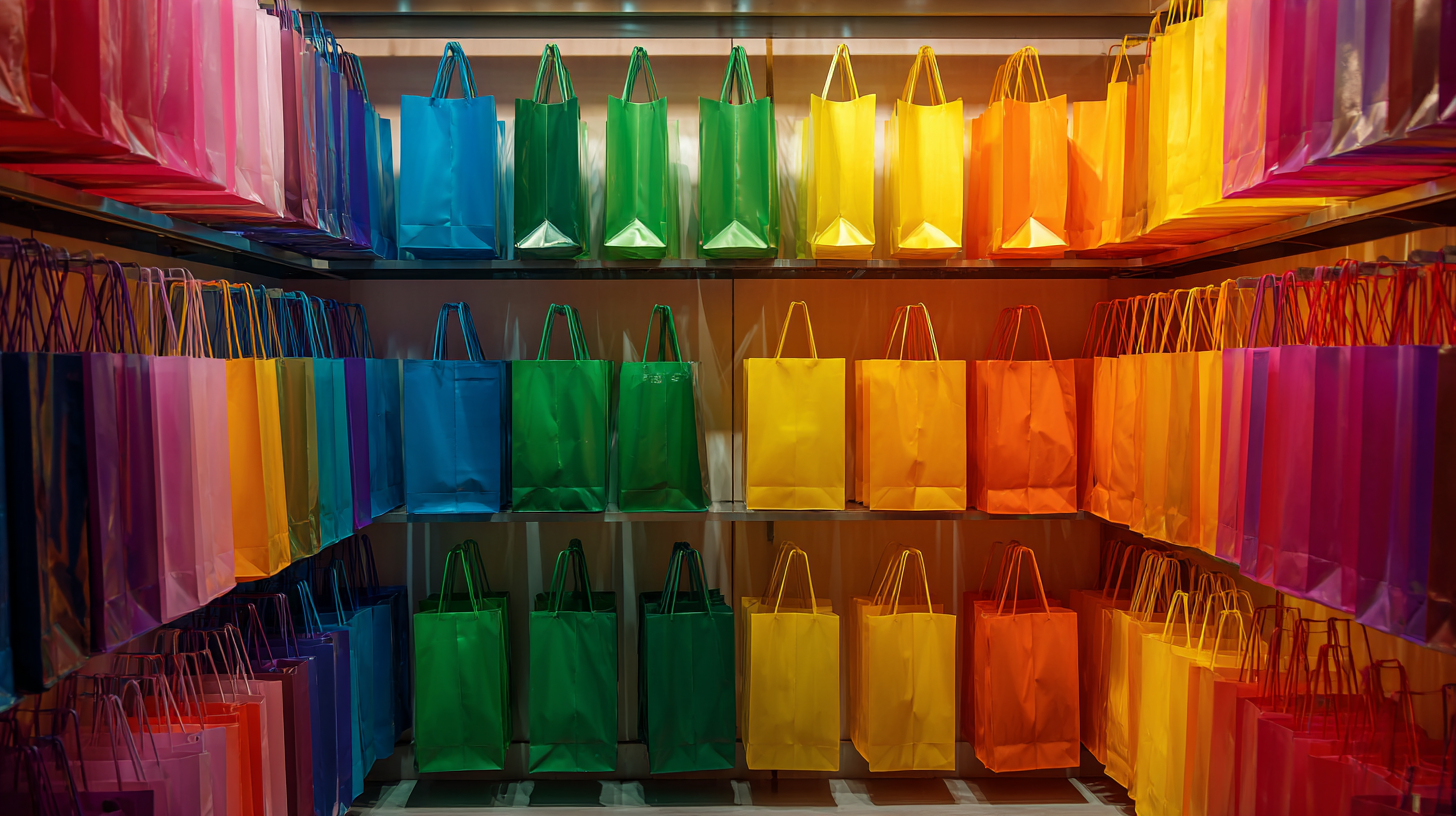 Another option is bioplastics, which are an eco-friendlier alternative made from renewable resources.
These bags maintain similar functionality as traditional plastic bags while having a reduced environmental impact. Additionally, there are custom-printed bags, which can serve as a marketing tool by showcasing your brand while providing utility.
Another option is bioplastics, which are an eco-friendlier alternative made from renewable resources.
These bags maintain similar functionality as traditional plastic bags while having a reduced environmental impact. Additionally, there are custom-printed bags, which can serve as a marketing tool by showcasing your brand while providing utility.
Each type of plastic bag has its advantages, so understanding the specific needs of your business will guide you in making the right choice.
When choosing the right plastic bag for your business, evaluating the environmental impact is crucial. According to a report by the Environmental Protection Agency (EPA), plastic bags account for approximately 1-2% of the total waste in landfills, but their longevity in the environment poses significant ecological risks. Plastic bags can take hundreds of years to decompose, leading to long-lasting pollution in land and marine ecosystems. This necessitates a careful consideration of the material's lifecycle and its potential effects on wildlife and habitats.
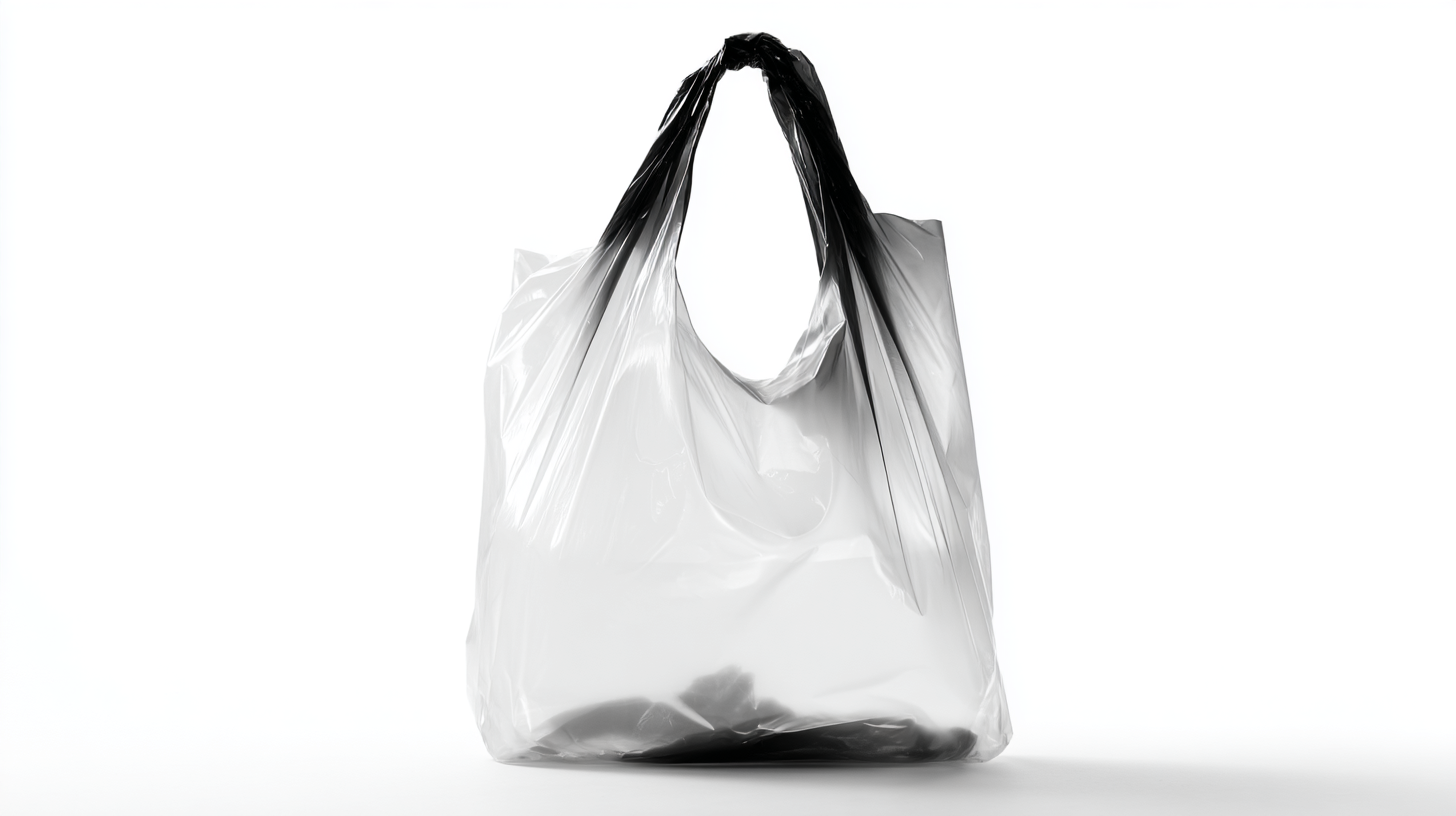
When selecting the right plastic bag for your business, assessing bag size and strength based on your product requirements is crucial. The size of the bag should accommodate your products comfortably, avoiding any strain on the material while ensuring that items fit snugly. For instance, if you are packaging cosmetics or small electronics, opting for smaller, tailored bags will not only enhance presentation but also reduce waste. Conversely, larger items like clothing or bulk products will necessitate bigger bags with added depth and width to prevent tearing during handling.
Strength is another vital consideration that cannot be overlooked. The weight and nature of the products you intend to package will determine the thickness and durability of the plastic bag required. Heavier items like tools or books demand thicker, high-density polyethylene bags that can withstand pressure without ripping. It is essential to analyze factors such as the weight capacity of the bag and potential environmental conditions, like moisture or temperature, which might compromise bag integrity. Ensuring that your plastic bags are both the right size and sufficiently strong will help safeguard your products while enhancing customer satisfaction.
| Bag Type | Size (inches) | Strength (mil) | Weight Capacity (lbs) | Recommended Use |
|---|---|---|---|---|
| T-shirt Bag | 12 x 7.5 + 3 | 1.5 | 10 | Retail, Grocery |
| Flat Bag | 15 x 20 | 2.0 | 15 | Shipping, Packaging |
| Reinforced Bag | 20 x 30 | 4.0 | 50 | Industrial, Heavy Duty |
| Gusseted Bag | 10 x 5 x 18 | 3.0 | 25 | Food, Retail |
| Ziplock Bag | 8 x 10 | 2.5 | 5 | Storage, Organization |
When it comes to selecting the right plastic bags for your business, the choice between printed and non-printed options is crucial, particularly for branding purposes. Printed plastic bags serve as a powerful marketing tool, allowing businesses to showcase their logo, colors, and messages directly on the product that customers carry. This not only increases brand visibility but also fosters a sense of loyalty as customers become walking advertisements for your brand. The use of vibrant designs can grab attention and create a memorable experience, making it more likely that consumers will remember your brand when they need similar products in the future.
On the other hand, non-printed plastic bags, while often less expensive, can still play an important role in your business strategy. These bags offer a minimalist approach, allowing products to take center stage without any distractions. They are often perceived as eco-friendlier, especially when made from biodegradable materials, which can appeal to environmentally-conscious consumers. Businesses prioritizing a clean and simple aesthetic might lean towards non-printed options, while still benefiting from practical durability and usability. Ultimately, the decision should reflect your brand's identity and the message you wish to convey to your customers.
When selecting the right plastic bags for your business,
cost-effectiveness and supplier reliability
are paramount. Businesses must navigate a competitive landscape where controlling costs while ensuring
high-quality products is essential. For instance, companies like Polynt
emphasize the importance of offering quality chemicals while managing expenses across various industries,
including logistics and maritime processes. This dual focus on cost control
and product integrity dictates the selection and establishment of reliable supplier partnerships.
Furthermore, a streamlined collaboration process with suppliers
can significantly enhance your operational efficiency. Effective supplier selection and evaluation processes
involving technology integration, procurement readiness, and manufacturing optimization are keys to minimizing
delays and reducing operational costs. For businesses dealing with supply chain complexities, adopting
flexible, compliant, and efficient practices is vital. By prioritizing these aspects
in your supplier relationships, you can ensure that your choice of plastic bags aligns with both
financial goals and the reliability required to maintain
service excellence.
